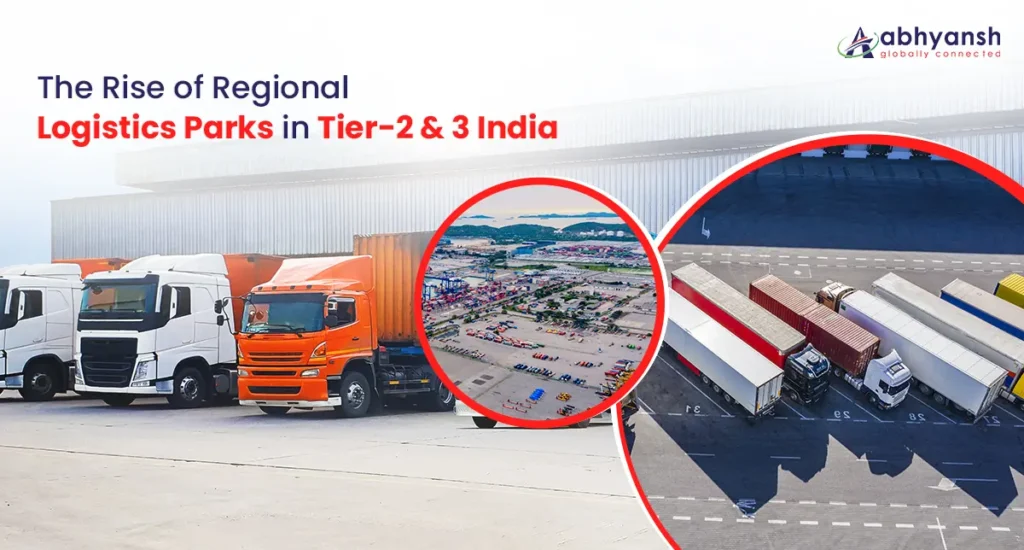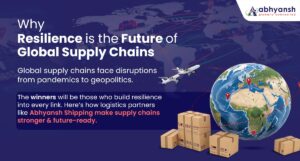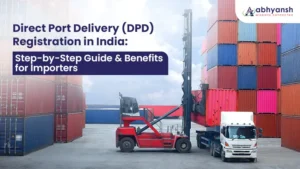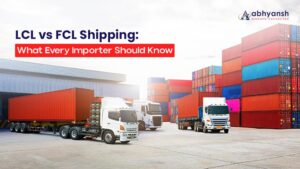India’s logistics landscape is transforming at an unprecedented pace — and the next wave of growth isn’t coming from metros. It’s emerging from the heart of Bharat: Tier-2 and Tier-3 cities.
With the rise of regional logistics parks across smaller towns, India is building a more inclusive, resilient, and distributed supply chain network — one that aligns with its ambition to become a $5 trillion economy.
Why the Shift to Tier-2 & Tier-3 Cities?
Several factors are driving this strategic expansion:
- Rising Consumption in Non-Metros
E-commerce penetration is deepening in smaller towns, with customers demanding quicker and more affordable deliveries. Companies can no longer rely on major hubs alone to serve these markets efficiently.
- Infrastructure Development
Under the Bharatmala and Gati Shakti schemes, India has been investing heavily in expressways, rail corridors, and multimodal logistics parks — many of which are strategically placed near Tier-2/3 clusters.
- Lower Land & Operating Costs
Compared to Tier-1 cities, smaller towns offer cost-effective land, cheaper labor, and lower operating expenses, making them ideal for warehouse expansion and distribution hubs.
- Decongesting Urban Logistics
To ease congestion and pollution in metro cities, many businesses are now shifting long-haul movement and storage functions to peripheral regions.
What Are Regional Logistics Parks?
Regional logistics parks are integrated hubs that support storage, warehousing, and transportation functions — often connected to national highways, rail lines, ports, or airports.
Key features include:
- Grade-A warehousing
- Cold chain infrastructure
- Vehicle maintenance and fueling stations
- Built-in IT systems for real-time tracking
- Dedicated customs clearance zones in some cases
These hubs are designed to improve cargo handling, reduce dwell time, and streamline intermodal transfers.
Emerging Hotspots: Where the Growth Is Happening
Some notable Tier-2/3 logistics hubs gaining traction include:
- Nagpur, Maharashtra – India’s central location makes it a prime candidate for pan-India distribution.
- Ludhiana & Bhiwadi – Growing as warehousing and industrial hubs for North India.
- Coimbatore & Tirupur – Textile and FMCG industries are pushing logistics demand.
- Guwahati – The gateway to the northeast is attracting fresh investments in cold chain and last mile delivery.
- Indore, Surat, and Lucknow– Rising consumption and proximity to production clusters make them ripe for logistics expansion.
Who’s Investing?
Big names from logistics, real estate, and government are fueling this shift:
- Private players like ESR, IndoSpace, and Welspun One are developing large-scale parks in strategic locations.
- E-commerce giants (Amazon, Flipkart) are building fulfillment centers closer to demand hubs.
- Government projects under PM Gati Shakti and Multi Modal Logistics Parks (MMLPs) are catalyzing infrastructure growth.
Why This Trend Matters
The rise of regional logistics parks is not just a real estate story — it’s a fundamental shift in how supply chains operate in India:
- Faster Deliveries: Reduced transit times mean better customer experience.
- Lower Logistics Costs: Distributed warehousing helps optimize inventory and transportation costs.
- Job Creation: These parks are hubs of employment for local communities.
- Resilience: Regional hubs reduce dependence on a few major cities, improving agility in disruptions.
What Should Businesses Do?
If you’re a shipper, manufacturer, or 3PL provider, here are a few steps to stay ahead:
- Reassess Network Design: Explore if your distribution strategy needs a regional hub.
- Partner Locally: Work with regional logistics service providers who understand local dynamics.
- Invest in Tech: Adopt WMS, TMS, and visibility tools to manage distributed operations effectively.
- Stay Policy-Aware: Government incentives and policy reforms can offer cost benefits.
Final Thoughts
India’s logistics backbone is no longer confined to the metros. The rise of regional logistics parks in Tier-2 and Tier-3 cities is democratizing supply chain access and creating a new playbook for growth.
As consumption spreads and infrastructure connects even the remotest corners, businesses that adapt early to this distributed model will not only thrive — they’ll lead.
At Abhyansh, we see this shift as an opportunity to deepen our reach, deliver faster, and grow smarter — together with the regions that are driving India’s next wave of progress.






